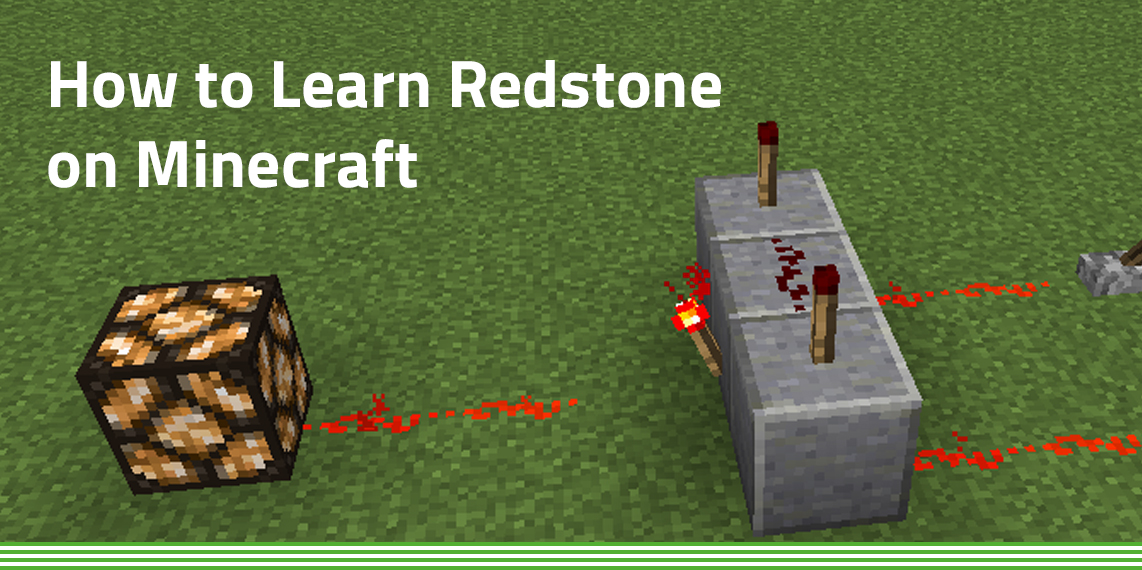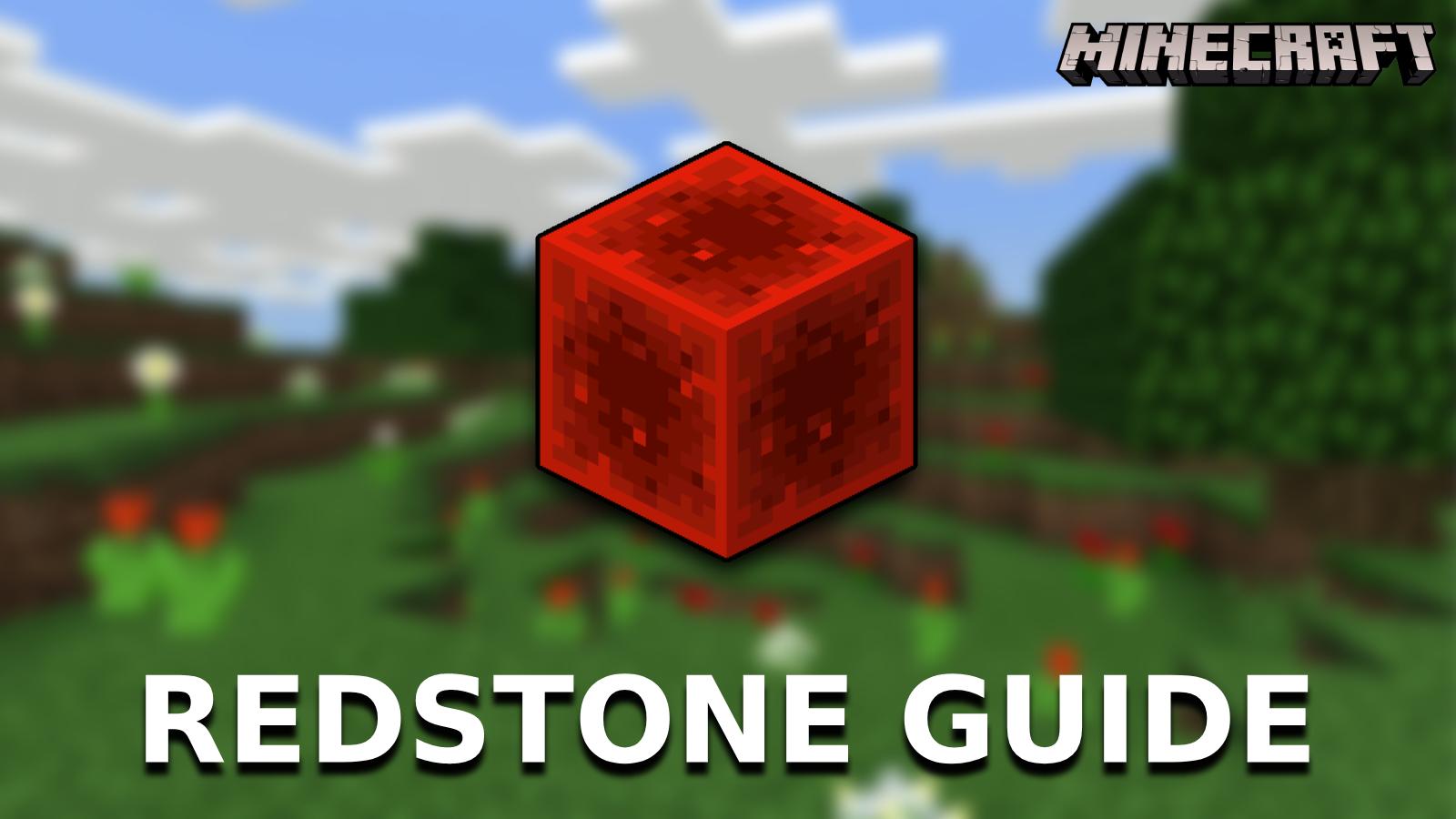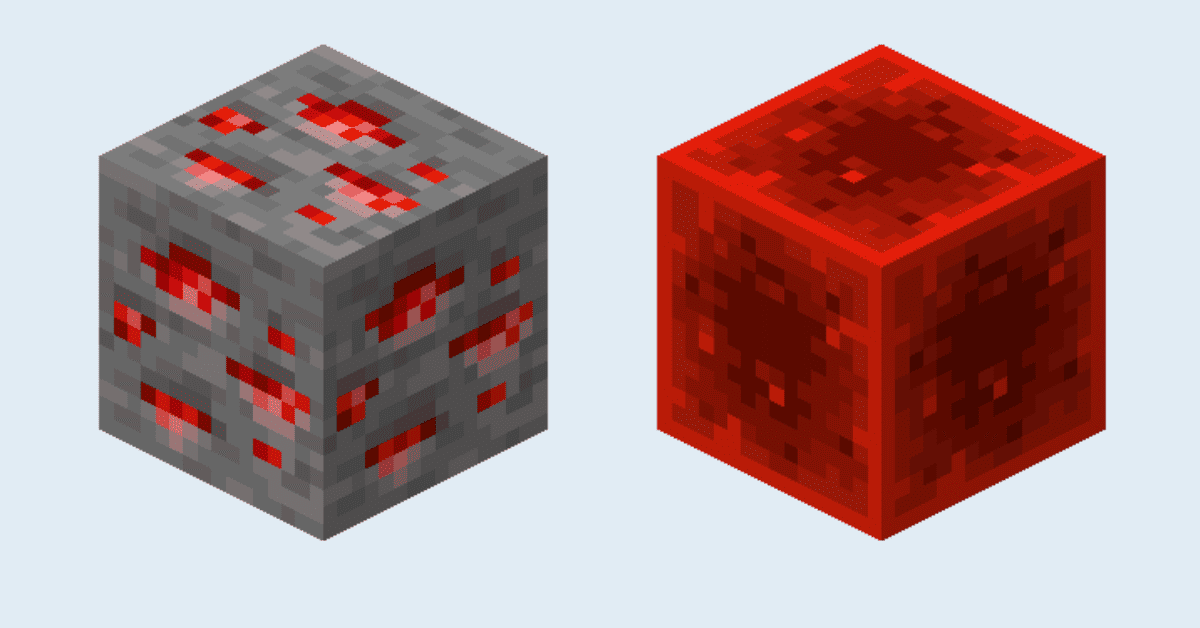Redstone Re-Imagined - Simple Minecraft Power
Have you ever found yourself looking at a complicated redstone creation in Minecraft and felt a little bit lost? It's pretty common, actually. All those wires and blocks can seem like a secret language, but honestly, it's just a matter of knowing what each piece does. Think of it like learning to build with special LEGOs that light up and move things. It's really not as tricky as it looks once you get the hang of it, you know?
We're going to take a nice, relaxed look at some of the key parts that make these amazing contraptions tick. We'll chat about redstone repeaters, those handy little devices that help your signals travel far and wide, and we'll also cover where you find the basic stuff, like redstone dust and the ore it comes from. It's all about making sense of those glowing lines and what they can do for your builds, so.
This little guide is here to help you get a better feel for how redstone works, making it less of a puzzle and more of a fun way to bring your Minecraft world to life. Whether you're just starting out or coming back to the game after some time away, we'll go over the simple facts, giving you a clearer picture of how to use these special bits and pieces. It's pretty much a friendly chat about how to get your redstone creations going, you see.
- Max Amini Married
- Mark Singer Gorilla Glue Passed Away
- Harry Connick Jr
- Josh Pate College Football
- Best Shoes For Flat Feet Men
Table of Contents
- What's the Deal with Redstone Repeaters?
- Making Your Own Redstone Re-Doer
- How Does Redstone Re-Direction Work?
- What Does a Redstone Re-Tool Look Like?
- Where Does Redstone Re-Source Come From?
- Getting Your Hands on Redstone Re-Bits
- What Are Redstone Re-Parts For, Anyway?
- Can You Really Lock a Redstone Re-Flow?
- A Quick Look at Redstone Re-History
What's the Deal with Redstone Repeaters?
Redstone repeaters are, in fact, a very big deal in any redstone setup you build in Minecraft. These little blocks are quite useful for making sure your redstone signals go where they need to go, and they do a few other neat tricks too. You can use one of these repeaters to send a signal further than it would normally go, or to make a signal stronger if it's getting a bit weak. They're pretty much like a booster for your redstone lines, which is very helpful for bigger projects.
Beyond just boosting, repeaters also let you add a little pause to your signals, which is called a delay. This can be super handy for timing things just right in your contraptions. Say you want a door to open a moment after a button is pressed, a repeater can help with that. And, you know, they also have a special ability to hold a signal in place, keeping it from changing until you tell it to. These repeaters are pretty cool, you see, they let you send a signal, make it stronger, slow it down a bit, or even hold it steady.
They're a bit particular, as a matter of fact, only letting the redstone flow in one direction. There's a little arrow on top of the repeater, and that shows you which way the signal goes – it comes in the back and leaves out the front. This one-way street thing is actually quite helpful when you're trying to lay out your wiring, since it means no accidental sideways, upwards, or downwards connections. It helps keep your circuits neat and tidy, which is pretty nice.
- Xxx Preet Jatti
- Mike Connors
- Cast Of The Jeffersons
- Was Usain Bolt Born With That Name
- Ella Emhoff Sexuality
Making Your Own Redstone Re-Doer
So, let's figure out how you put together one of these handy redstone repeaters. It's a pretty straightforward process once you know the parts you need. To make a redstone repeater in Minecraft, you just need a crafting table. This is where all the magic happens for putting items together in the game, and making a repeater is no different. It's a fairly simple recipe, which is good news for anyone just starting out with redstone, or even those who have been playing for a while and just need a reminder.
You'll combine one bit of redstone dust, two redstone torches, and three pieces of stone block, and there you have it. The redstone dust is the main ingredient, of course, as it's the very thing that carries the power. The redstone torches help to give the repeater its special abilities, making it work as a signal booster and a timer. And the stone blocks provide the solid base for the repeater, making it a sturdy piece for your builds. It's a really common combination of items, so you should be able to gather them without too much trouble, usually.
Once you have all those items in your inventory, simply open up your crafting table. Place the three stone blocks along the bottom row. Then, put the two redstone torches on either side of the middle row, and place the single redstone dust in the very middle spot of that same row. This arrangement, you know, will make the repeater appear in the output slot, ready for you to pick up and use in your circuits. It's pretty satisfying to craft your own redstone parts, and this one is definitely one of the most useful.
How Does Redstone Re-Direction Work?
Understanding how a redstone repeater sends its signal is pretty simple, actually. As we talked about, it's a one-way street for the power. The repeater has a clear front and back, and the redstone signal always enters from the back and goes out through the front. This is a very important feature, as it helps prevent signals from going backwards or spreading out in ways you don't want them to. It's kind of like a little gate that only opens in one direction for the power, if that makes sense.
The little arrow you see on top of the repeater block is your visual guide for this. It points in the direction the redstone current will travel. So, when you're placing your repeaters, you just need to make sure that arrow is pointing the way you want your signal to go. This directional flow is what makes repeaters so good at keeping your redstone circuits organized and predictable. It means your wires won't get all tangled up with signals going in every which way, which is really helpful for complex builds.
Because of this one-way flow, you don't have to worry about signals accidentally jumping sideways, upwards, or downwards from the repeater itself. This is a big plus when you're trying to lay out wires in tight spaces or build stacked circuits. It allows for a much cleaner and more controlled setup, giving you a lot more freedom in how you arrange your redstone lines. It's a pretty neat trick, honestly, that helps keep everything working just as you planned it.
What Does a Redstone Re-Tool Look Like?
A redstone repeater is a block that works with redstone, you know. It can make a signal go further, keep it from going backwards, or even add a little pause. It looks like a flat, grey surface, with a small red line close to the bottom. This flat grey surface is usually made of stone, giving it a sturdy and earthy appearance that fits right in with other Minecraft blocks. The red line is a key part of its design, clearly showing that it's connected to redstone mechanics.
There's a redstone torch on that line that you can move, and another redstone torch sits in front of the red line. The movable torch is what allows you to adjust the delay setting of the repeater, which is a pretty cool feature. By right-clicking the repeater, you can shift this torch along the red line, changing how long it takes for the signal to pass through. This gives you a lot of control over the timing of your redstone contraptions, allowing for very precise sequences of events, which is very useful.
It's about the same size as a regular block, just a little shorter in height. This slightly reduced height means it sits just a bit lower than a full block, which can sometimes be helpful for fitting it into compact designs or for aesthetic reasons. Its overall appearance is pretty simple and functional, clearly indicating its purpose without being overly flashy. It's a practical piece of redstone gear, designed to get the job done efficiently, more or less.
Where Does Redstone Re-Source Come From?
Most people, you know, get their redstone dust by digging up redstone ore. This is the most common way to find this important material in the game. Redstone ore is a block that looks a bit like regular stone, but it has little red flecks in it that sometimes glow. You can usually find this ore about ten blocks above the very bottom layer of the world, or sometimes right there mixed in with the bedrock itself. So, if you're looking for redstone, heading deep underground is your best bet, typically.
Redstone ore, which showed up in an early update, is an ore block that gives you redstone when you dig it with an iron pickaxe or something better. Using a weaker pickaxe won't work, so make sure you're properly equipped before you go on a redstone hunt. When you break the redstone ore block, it usually drops several pieces of redstone dust, ready for you to pick up and add to your collection. This is pretty much the starting point for almost any redstone project you might want to build.
You can find redstone ore pretty far down, below layer 15 of the world. This means you'll need to do some serious digging to get to it, but the reward of having plenty of redstone dust is definitely worth the effort. And, you know, if you hit it or give it a redstone signal, it glows a bit. This glowing effect is pretty cool to see and can sometimes help you spot the ore in darker areas of the mine, which is quite handy.
Getting Your Hands on Redstone Re-Bits
In Minecraft, you'd usually go out and find redstone dust while you're playing. It's a common item to stumble upon when you're exploring caves or mining deep underground. However, you can, you know, also make it yourself using a crafting table, or even a furnace or a blast furnace. This means you have a few ways to get your hands on this valuable material, which is pretty convenient if you're short on time for mining, or just prefer crafting.
To make redstone dust with a crafting table, you'll need to combine certain items, but the text doesn't say which ones for dust itself, only for the repeater. So, for dust, the main way is to mine the ore. If you want to process redstone ore into dust, you might think of a furnace. However, redstone ore actually drops dust directly when mined with the right pickaxe. Furnaces and blast furnaces are usually for smelting other ores like iron or gold, but it's mentioned here as an option for making redstone dust, which is interesting.
Redstone dust, which is sort of like redstone wire when you place it down as a block, and just called redstone when you pick it up, is a special kind of mineral. It can send redstone power, like a wire, when you put it on the ground. Plus, it's pretty useful for making things, brewing potions, and even as a bit of decoration. So, getting your hands on this stuff is a good idea for any builder, really, as it has so many different uses in the game.
What Are Redstone Re-Parts For, Anyway?
Redstone parts are just the blocks you use to put together those clever redstone contraptions. Think of them as the building blocks for anything automated or interactive in your Minecraft world. These parts are usually grouped into a few different types, based on what they do in a circuit. It's a pretty simple way to categorize them, helping you understand their role in the bigger picture, so.
You've got bits that give power, like redstone torches, buttons, and pressure plates. These are the starting points for your redstone signals, providing the initial spark that gets things moving. A redstone torch, for instance, gives off a constant signal, while a button or pressure plate only sends a signal when it's activated. They're pretty much the on-switches for your creations, you know.
- How Did Judith Barsi Die
- Sotwe T%C3%BCrbanl%C4%B1 T%C3%BCrk
- Lucy Hale Height
- Callmesherni Facebook
- Mitchell Hope Gay

How to Learn Redstone on Minecraft

How to get Redstone fast in Minecraft - Dexerto

Minecraft Redstone Mastery: Guide to the Redstone Repeater